Panama’s currency is unique in that it does not have its own paper currency. Instead, it uses the US dollar as legal tender. While Panama currency is the balboa, both the balboa and the US dollar are used interchangeably.
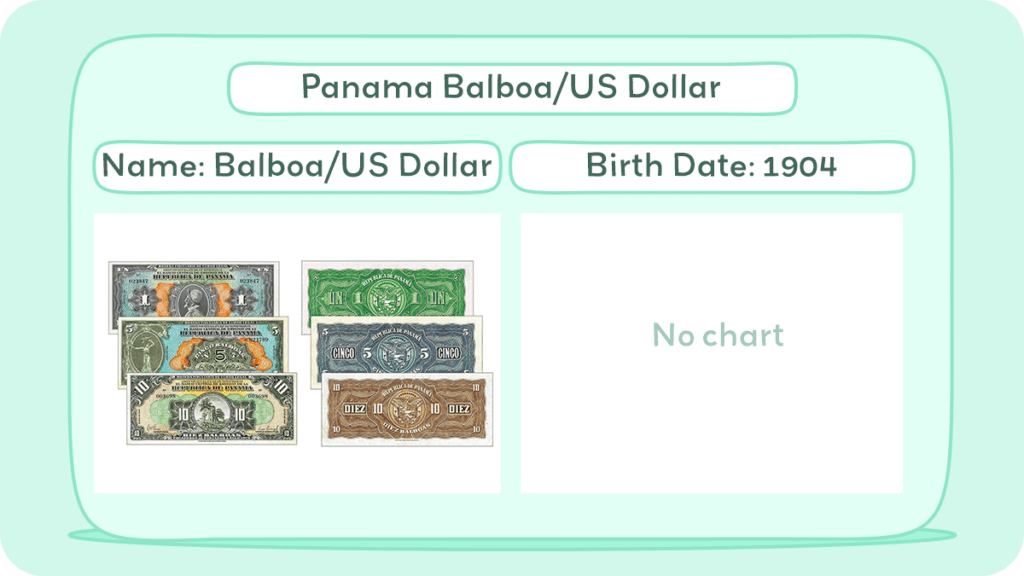
Panamanian coins come in 1, 5, 10, 25, and 50-cent pieces. The rate of exchange for the balboa, Panama currency, has always been tied to the US dollar, with one dollar equaling one balboa.
If you plan on traveling to Panama, it is important to familiarize yourself with the country’s currency system. Understanding the exchange rate and the different denominations of coins and bills will help you navigate transactions with ease.
Historical Journey of Panama Currency
Panama’s monetary history is connected to different currencies and influences from different periods. The country’s currency has undergone several changes since its early days, from colonial coins to the modern currency used today.
In 1904, the Panama Canal Zone was established under U.S. control and the Colombian peso was replaced by the Panamanian balboa as the official currency after gaining independence.
The balboa was named after the Spanish explorer Vasco Núñez de Balboa, who “discovered” the Pacific Ocean in 1513. The balboa was initially pegged to the U.S. dollar at a 1:1 ratio, and this peg continues to this day.
Although the balboa is the official currency of Panama, the country does not print its own paper currency. Instead, it uses the US dollar as legal tender. This has resulted in both currencies being used interchangeably in daily transactions, with the balboa mainly used for coins.
Panama’s currency system has remained stable over the years, with the balboa maintaining its peg to the U.S. dollar. This has helped to create a favorable business environment, attracting foreign investment and promoting economic growth.
Balboa
The balboa, alongside the U.S. dollar, is one of Panama’s official currencies. Named after the explorer Vasco Núñez de Balboa, it is divided into 100 centésimos. Introduced in 1904 after Panama’s independence, the balboa has been pegged to the US dollar at a 1:1 ratio and circulates alongside it.
Panama, interestingly, doesn’t have an official central bank. The National Bank of Panama handles certain banking functions, while the National Banking Commission oversees banking regulations.
The balboa’s coinage has evolved over time. Earlier coins, introduced in 1904, were in denominations of 2+1⁄2, 5, 10, 25, and 50 centésimos, made of silver. In 1907, copper-nickel coins were added. Notably, the 1930s saw the introduction of 1⁄10, 1⁄4, 1⁄2, and 1 balboa coins, mirroring the size and composition of U.S. coins.
Changes continued through the years, with adjustments in composition and denominations to align with U.S. currency standards. In 2011, Panama introduced bimetallic 1 balboa coins similar in size to the U.S. dollar coin.
Commemorative coins in various denominations have also been issued, including a notable 20 balboa coin in 1971 made of .925 fineness sterling silver, one of the largest legal tender silver coins at the time.
Banknotes in Panama have a unique history. In 1941, President Arnulfo Arias influenced the creation of a Central Bank for issuing paper money, but this initiative was short-lived due to his overthrow. Since then, Panama has primarily used U.S. banknotes for paper currency.
US Dollar
The Panamanian balboa, introduced in 1904 following Panama’s independence from Colombia, replaced the Colombian peso as the national currency.
Initially, Panama issued silver coins in denominations of 2 1/2, 5, 10, 25, and 50 céntimos, and later expanded to include other denominations such as one-tenth, one-fourth, one-half, 1 1/4, and one céntimo. These coins were designed to resemble the size and composition of U.S. coins.
Additionally, Panama has released commemorative coins in various denominations, celebrating significant events in the country’s history.
Since its creation, the balboa has been pegged to the U.S. dollar at a 1:1 ratio, influenced by the significant American military and political presence in Panama, especially since the construction of the Panama Canal.
US Dollar Coins
The United States Mint has produced legal tender coins annually since 1792. Common denominations for circulation include the penny, nickel, dime, quarter, half dollar, and dollar.
The U.S. coinage includes several denominations, each with its unique features. The penny (1¢) showcases Abraham Lincoln on the front and the Union Shield on the back, weighing 2.5 grams with a diameter of 0.75 inches.
The nickel (5¢) features Thomas Jefferson on the obverse and Monticello on the reverse, weighing 5.0 grams and having a diameter of 0.835 inches.
The dime (10¢) depicts Franklin D. Roosevelt on one side and symbols like an olive branch, torch, and oak branch on the other. It weighs 2.268 grams and measures 0.705 inches in diameter.
The quarter (25¢) displays George Washington on the front and has changing designs on the reverse (five designs per year). It weighs 5.67 grams and has a diameter of 0.955 inches.
The half dollar (50¢) showcases John F. Kennedy on the front and the Presidential Seal on the back, weighing 11.34 grams with a diameter of 1.205 inches.
Lastly, the dollar coin ($1), known as the golden dollar, features Sacagawea on the obverse and changing designs on the reverse (four designs per year). It weighs 8.10 grams and has a diameter of 1.043 inches.
Gold and silver coins circulated from the 18th to the 20th centuries, with the last gold coins minted in 1933 and 90% silver coins in 1964.
The United States Mint currently produces circulating coins at the Philadelphia and Denver Mints. The one-dollar coin has not gained popularity due to the continued use of the one-dollar bill. Half dollar coins were common but fell out of use in the mid-1960s.
The nickel has remained unchanged in size and composition (5 grams, 75% copper, and 25% nickel) since 1865. Efforts have been made to eliminate the penny due to its low value.
Collector coins, with higher numismatic or precious metal value, include American Eagle bullion coins and commemorative coins such as the Presidential dollar coins.
US Dollar Bills
Federal Reserve Notes, or U.S. banknotes, serve as the official currency of the United States. The United States Bureau of Engraving and Printing produces these notes in accordance with the Federal Reserve Act of 1913.
The Board of Governors of the Federal Reserve System issues them to Federal Reserve Banks, which then distribute the notes to their member banks. This process makes the notes liabilities of the Reserve Banks and obligations of the United States.
With legal tender status, Federal Reserve Notes bear the statement “this note is legal tender for all debts, public and private.” These notes are backed by financial assets, mainly Treasury and mortgage agency securities obtained through open market transactions.
Various denominations of U.S. banknotes feature different historical figures and iconic symbols. For example, the one dollar bill showcases George Washington and the Great Seal of the United States, while the two dollar bill displays Thomas Jefferson and the Declaration of Independence.
Other bills highlight Abraham Lincoln, Alexander Hamilton, Andrew Jackson, Ulysses S. Grant, and Benjamin Franklin, each paired with significant landmarks.
These bills are part of different series, such as Series 1963, Series 1976, Series 2006, Series 2004A, Series 2009A, and Series 2017A.
Congress, according to the U.S. Constitution, has the power to borrow money on the credit of the United States. Federal Reserve Banks issue Federal Reserve Notes, considered “obligations of the United States” and redeemable in lawful money.
Federal Reserve Notes are legal tender for debt payment. There are other types of banknotes, including United States Notes and Federal Reserve Bank Notes, but only Federal Reserve Notes remain in circulation.
Federal Reserve Notes are printed by the Bureau of Engraving and Printing on cotton fiber paper. Modern U.S. currency sizes match those of Philippine peso banknotes issued under U.S. administration. Currently printed denominations include $1, $2, $5, $10, $20, $50, and $100.
Larger denominations like $500, $1,000, $5,000, $10,000, and $100,000 were discontinued after 1946. Post-2004 series banknotes incorporate additional colors for better distinction.
Plans for future redesigns include raised tactile features for accessibility, larger numerals, more color differences, and currency readers to assist the visually impaired.
Inflation and Buying Power of Pamana Currency
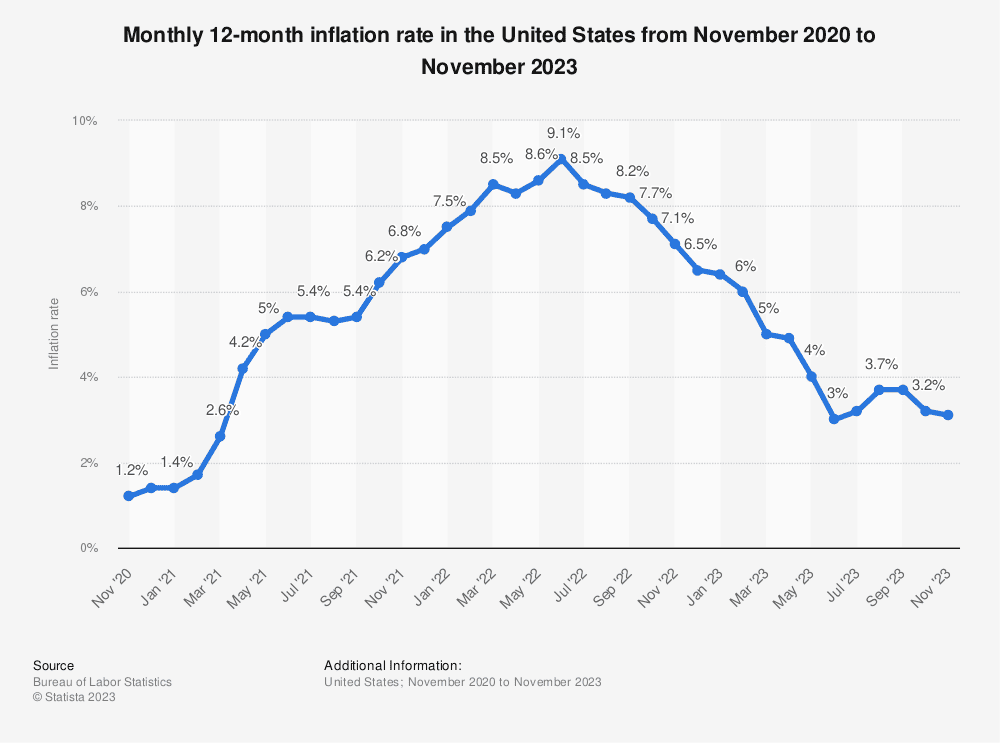
The official currency of Panama is the Panamanian balboa (PAB), which has the same value as the US dollar (USD). The USD is widely accepted in the country, and it is common for prices to be listed in both USD and PAB.
According to The World Bank, the inflation rate in Panama has been relatively stable in recent years, averaging around 2.5% from 2008 until 2023.
The highest inflation rate was recorded in September 2008 at 10.04%, while the lowest was -2.50% in May 2020. The inflation rate in November 2023 was 2.01%, down from 2.08% in October 2023, indicating a relatively stable economy.
The purchasing power parity (PPP) of the Panama currency has been fluctuating in recent years. According to Knoema, the PPP was at a level of 0.4 LCU per international dollars in 2022, down from 0.5 LCU per international dollars the previous year. This is a change of 4.29%.
The PPP measures the relative value of currencies in terms of what they can buy in different countries. A higher PPP indicates a stronger currency and greater buying power.
Overall, the Panama currency has remained relatively stable in recent years, with a low inflation rate and a relatively strong PPP. This makes it an attractive option for investors and tourists alike. However, it is always important to keep an eye on economic indicators and fluctuations to make informed decisions about your finances.
The US Dollar
The U.S. dollar, renowned as the world’s reserve currency, features banknotes that are globally recognized. Despite their familiar appearance, these notes contain intricate details and sophisticated elements.
They represent more than just monetary value; they embody intricate artistry, advanced security features, and a rich history reflected in their design.
Each denomination, from the widely circulated $1 bill to higher values, showcases unique imagery and symbols, serving as a testament to the economic and cultural significance of the U.S. dollar in the global financial landscape.
$1
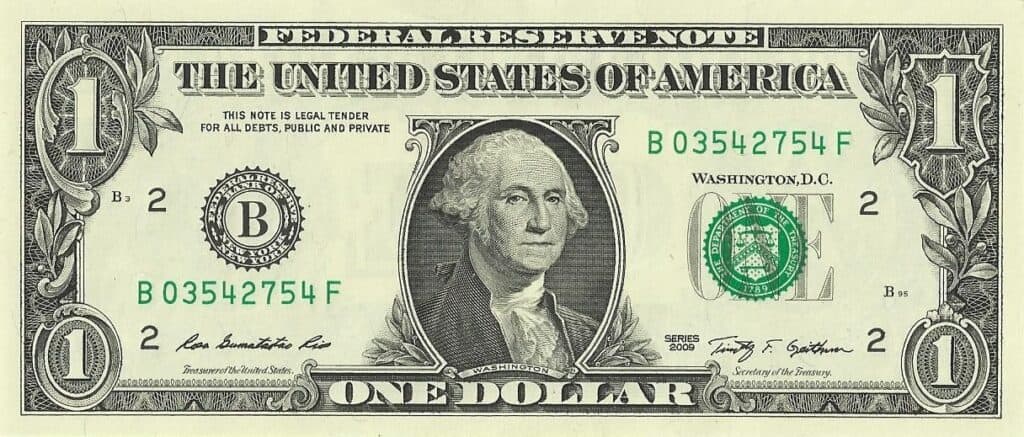
One dollar features George Washington on the front and the Great Seal of the United States on the reverse. Circulation includes Series 1963 and Series 2017A.
$2
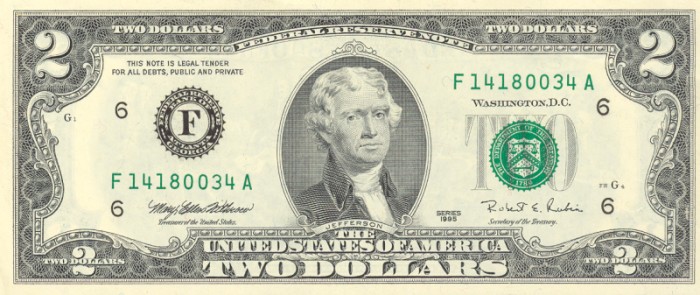
Two dollars displays Thomas Jefferson on the front and the Declaration of Independence by John Trumbull on the reverse. Limited circulation includes Series 1976 and Series 2017A.
$5
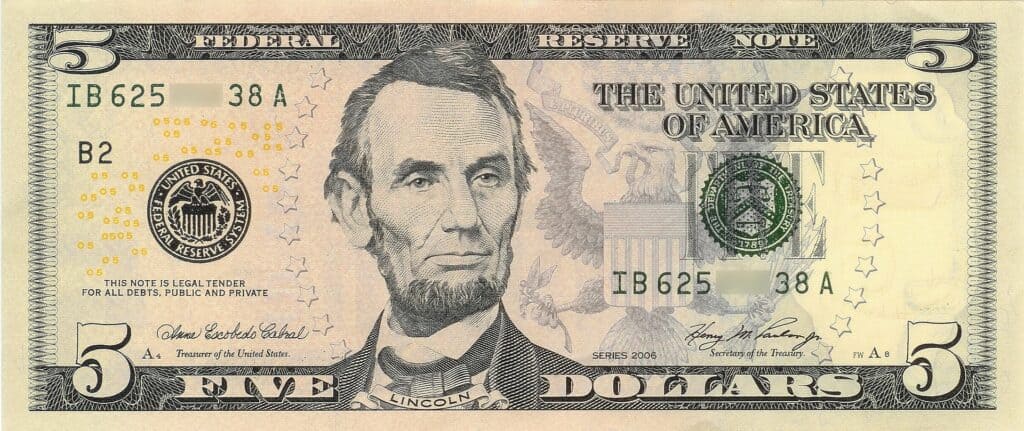
Five dollars shows Abraham Lincoln on the front and the Lincoln Memorial on the reverse. Circulation includes Series 2006 and Series 2021.
$10
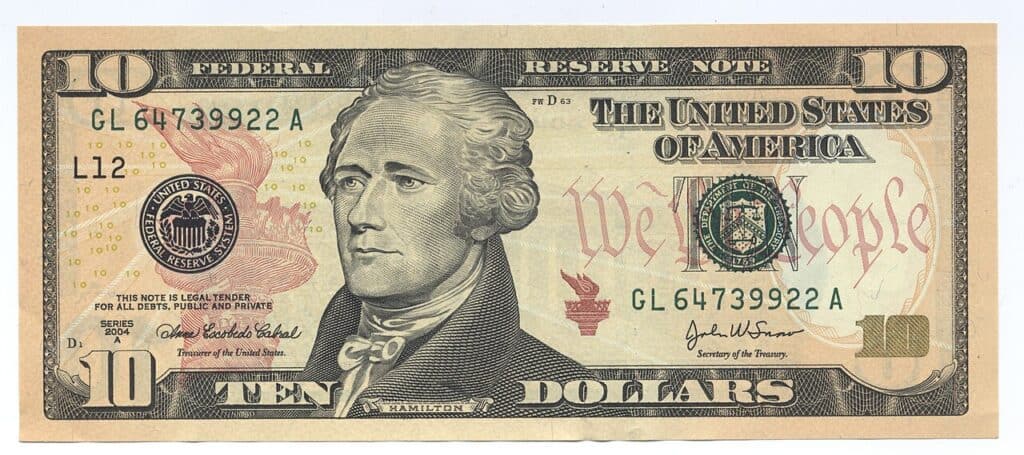
Ten dollars depicts Alexander Hamilton on the front and the Treasury Building on the reverse. Circulation includes Series 2004A and Series 2017A.
$20
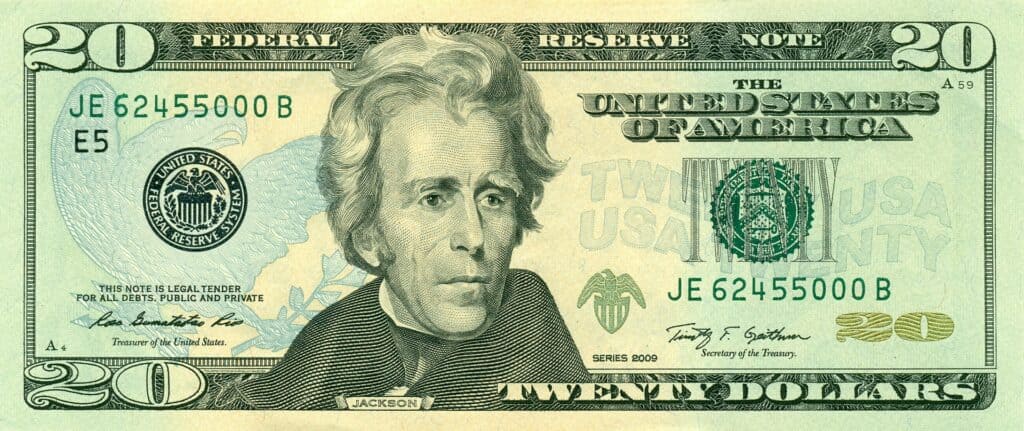
Twenty dollars features Andrew Jackson on the front and the White House on the reverse. Circulation includes Series 2004 and Series 2017A.
$50
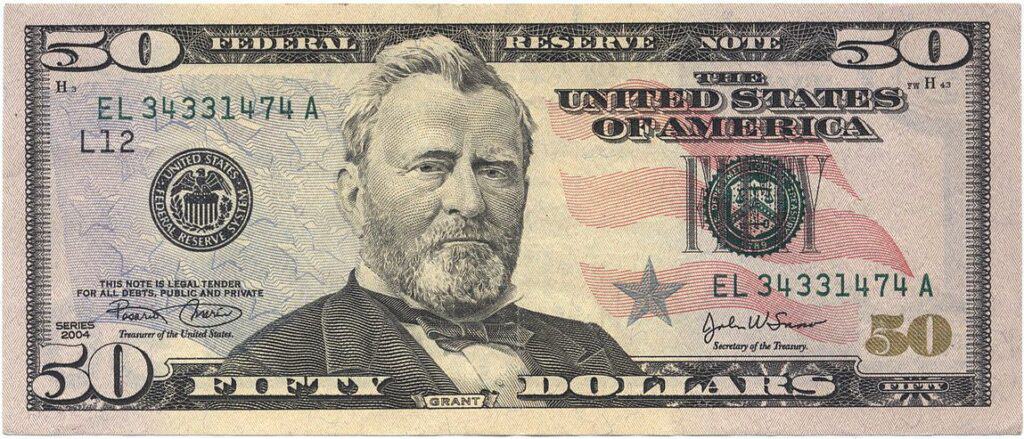
Fifty dollars displays Ulysses S. Grant on the front and the United States Capitol on the reverse. Circulation includes Series 2004 and Series 2017A.
$100
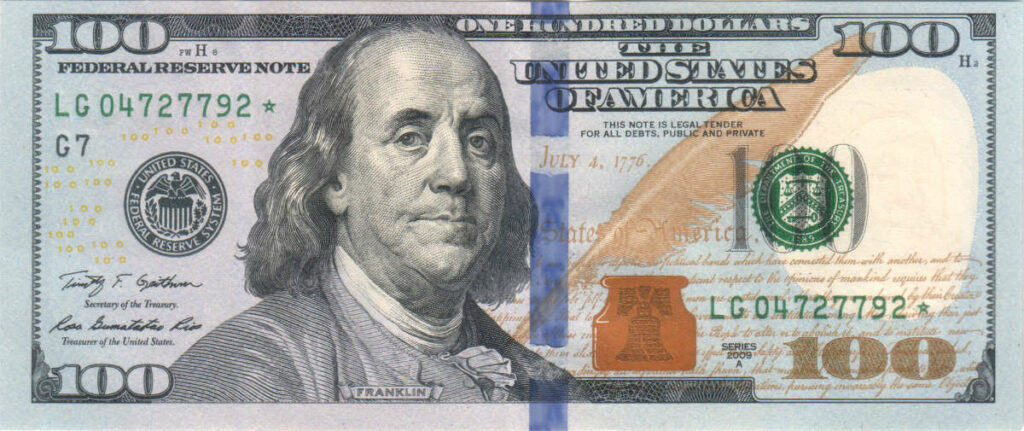
One hundred dollars shows Benjamin Franklin on the front and Independence Hall on the reverse. Circulation includes Series 2009A and Series 2017A.
Currency Usage in Panama
If you are planning to visit Panama, it is important to familiarize yourself with the country’s currency. The official currency of Panama is the balboa (PAB), which is named after the Spanish explorer Vasco Núñez de Balboa.
However, Panama does not print its own paper currency. Instead, it uses the US dollar as a legal tender. This means that both the US dollar and the balboa are accepted interchangeably in Panama.
Panamanian coins come in 1, 5, 10, 25, and 50-cent pieces, which are similar in size, weight, and value to the equivalent US coins. Balboa coins have different images/printing on them, but travelers will have no trouble identifying their value.
The Panamanian balboa has been tied to the US dollar since 1904. This means that the exchange rate between the two currencies is fixed at 1:1. This has made it easier for both locals and tourists to transact using either currency.
The balboa is divided into 100 centésimos, which are equivalent to cents in the US dollar.
The Panamanian coins come in 1, 5, 10, 25, and 50-cent pieces. These coins are similar in size and weight to their US counterparts, but they have different designs. The balboa coin is rarely used in Panama, and it is mainly used as a collector’s item.
It is advisable to carry both US dollars and Panamanian balboa. Most businesses in Panama accept both currencies, and it is easy to exchange one currency for the other. However, it is important to note that some businesses may only accept US dollars, especially in tourist areas.
Is USD Accepted in Panama?
Yes, USD is widely accepted in Panama. You can use US dollars to pay for goods and services in most places, including hotels, restaurants, and shops.
However, it’s important to note that you may receive change in balboas, especially when dealing with small amounts. It’s also a good idea to carry small bills and coins, as some vendors may not have change for larger denominations.
If you need to exchange currency, you can do so at banks, exchange houses, and some hotels. It’s recommended to exchange money at banks or exchange houses, as they usually offer better rates than hotels.
You can also withdraw cash from ATMs, which are widely available in urban areas. However, be sure to check with your bank about any fees or foreign transaction charges before using your card.
Overall, using US dollars in Panama is convenient and hassle-free. Just be aware of the currency exchange rates and carry small bills and coins for easier transactions.
Exchanging Currency in Panama
If you’re planning a trip to Panama, you’ll need to exchange your foreign currency for US Dollars. Here’s what you need to know about exchanging currency in Panama.
Where can I exchange Panama Currency?
When you arrive in Panama, you will need to exchange your currency for Panamanian balboa (PAB) or US dollars (USD) to use in the country.
Fortunately, there are many options available for exchanging currency in Panama. You can exchange currency at banks, exchange offices, hotels, and airports.
Banks usually offer the best exchange rates, but they may charge a commission or require a minimum exchange amount. Exchange offices and hotels also offer currency exchange services, but their rates may not be as good as those offered by banks.
Airports are generally the most expensive option for exchanging currency, so it is recommended to exchange only a small amount of money there.
What to know before exchanging currency in Panama
Before exchanging currency in Panama, there are a few things you should know.
First, make sure to check the current exchange rate to ensure that you are getting a fair deal. You can check the exchange rate online or by using a currency converter app.
Second, it is important to have your passport with you when exchanging currency. Banks and exchange offices may require identification to complete the transaction.
Third, be aware of any fees or commissions that may be charged for exchanging currency. Some banks and exchange offices may charge a fee or commission for their services. Make sure to ask about any fees before exchanging currency.
Finally, it is recommended to exchange only the amount of money that you need. Exchanging too much money can result in unnecessary fees and may leave you with excess currency that you may not be able to exchange back to your home currency.
Choosing Between USD and Panama Currency
When traveling to Panama, you will have the option to use either US dollars (USD) or Panamanian balboa (PAB). Here are some factors to consider when deciding which currency to use.
Exchange Rate
The exchange rate between USD and PAB is fixed at 1:1, meaning that one PAB is equal to one USD. However, keep in mind that some merchants may offer a lower exchange rate when converting USD to PAB, so it’s always a good idea to ask about the exchange rate before making a transaction.
Convenience
Both USD and PAB are widely accepted in Panama, so you can use either currency for most transactions. However, keep in mind that some smaller merchants may only accept cash in PAB, so it’s a good idea to carry some PAB with you.
Fees
When using a credit or debit card to make a transaction in Panama, you may be charged a foreign transaction fee by your bank. This fee can be avoided by using cash in either USD or PAB. Additionally, some merchants may charge a fee for converting USD to PAB, so it’s always a good idea to ask about any fees before making a transaction.
Tips
When tipping in Panama, it’s generally accepted to tip in USD rather than PAB. This is because USD is more widely accepted outside of Panama, and many service industry workers prefer to receive tips in USD. However, if you prefer to tip in PAB, it’s always appreciated.
In conclusion, both USD and PAB are widely accepted in Panama, so it’s up to you to decide which currency to use based on your personal preference and the situation at hand.
Cost of Living in Panama
If you are planning to move to Panama, it is important to understand the cost of living in the country. While the cost of living in Panama is relatively low compared to many other countries, it is important to note that the cost of living can vary depending on where you live and your lifestyle.
According to Numbeo, a family of four can expect to spend around $2,766.4 per month without rent, while a single person can expect to spend around $770.9 per month without rent.
The cost of living in Panama is, on average, 37.5% lower than in the United States. Rent in Panama is, on average, 54.7% lower than in the United States.
One of the biggest expenses in Panama is housing. However, if you are willing to live outside of the city center, you can find affordable housing options.
For example, a three-bedroom house in Boquete, a popular retirement haven, was recently listed for $150,000, and houses like it can rent for as little as $800 a month, often including water and internet service. Even in Panama City, you can buy an apartment with an ocean view for as little as $165,000, according to International Living.
Other expenses to consider when living in Panama include food, transportation, healthcare, and entertainment. The cost of food in Panama is relatively low, and you can find fresh produce at local markets for reasonable prices. Public transportation is also affordable, with a one-way ticket on the metro bus costing around $0.25.
Healthcare in Panama is also affordable, with many expats choosing to take advantage of the country’s private healthcare system. Finally, there are plenty of entertainment options in Panama, from hiking in the mountains to visiting the beach, and many of these activities are free or low-cost.
Overall, while the cost of living in Panama can vary depending on your lifestyle and where you live, it is generally affordable compared to many other countries. With careful planning and budgeting, you can enjoy a comfortable life in this beautiful country.
Don’t Get Scammed Tips
When traveling to Panama, it’s important to be aware of potential scams involving currency exchange. Here are some tips to help you avoid getting scammed:
1. Exchange currency at reputable locations.
Stick to banks, exchange bureaus, or hotels to exchange your currency. Avoid exchanging money on the street or with individuals who approach you offering to exchange money.
2. Check the exchange rate.
Always check the current exchange rate before exchanging currency. You can find the current exchange rate on websites such as XE.com or Oanda.com. If the rate you’re being offered seems too good to be true, it probably is.
3. Count your money carefully.
When exchanging currency, count your money carefully before leaving the location. Make sure you receive the correct amount and that the bills are not counterfeit.
4. Use ATMs with caution.
While ATMs are a convenient way to withdraw cash, be cautious of using them in tourist areas or at night. Criminals may install card skimmers or cameras to steal your card information and PIN number.
5. Pay with small bills.
When paying for goods or services, try to pay with small bills. Some vendors may claim to not have change for larger bills and may try to give you counterfeit bills in return.
By following these tips, you can help protect yourself from scams and ensure that you get a fair exchange rate when exchanging currency in Panama.

